There are very few professional sports where men and women can compete on equal terms. The arguments for sex segregation in athletics vary in complexity, but one highly celebrated sport truly stands as a beacon of gender equality, both on and off the field: equestrianism.
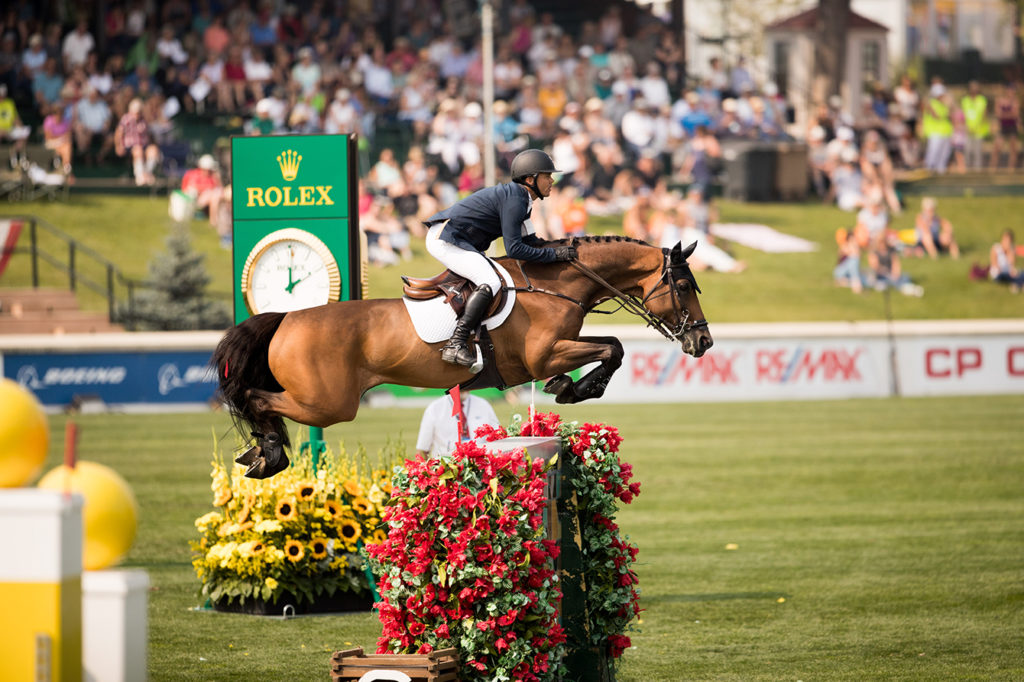
On a trip to Calgary, Alberta last month, I had the opportunity to receive a first-hand look inside the world of professional show jumping during the CSIO Spruce Meadows ‘Masters,’ a coveted tournament that’s formed the second leg of the Rolex Grand Slam of Show Jumping since 2013.

The 5-day competition welcomed world-class show jumpers from across the globe to Spruce Meadows, a 133-hectare outdoor equestrian facility on the city’s southern edge. The sprawling sporting venue located in the shadow of the glorious, snow-capped Rocky Mountains and dotted with thousands of poplar and spruce trees was founded by Canadian business titan and self-made billionaire Ron Southern in 1975, and has since become internationally revered.
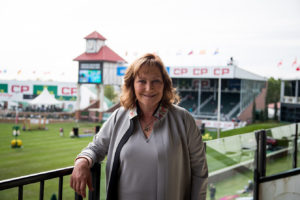
“[My father] was always a man of great vision, and at that time, there were no competitions in Western Canada. My parents said, ‘Okay, we’d like to build something to provide an opportunity for children in this area,’” says Linda Southern-Heathcott, a former professional rider and Spruce Meadows’ CEO. “[Calgary] is a rodeo city much more so than a show jumping city, and Spruce Meadows has given Canadian riders the ability and the opportunities to raise their game and compete at an international level.”
As I watched horses of every size and colour soar powerfully over delicate obstacles at the command of riders, I quickly realized that show jumping is the ultimate test of a graceful partnership between animal and human. “It’s not like your tennis shoes that you can just put in the closet. With horses, you’re always interacting with them,” says Southern-Heathcott. “[There’s a] thread of deep respect and honour for the horses themselves. They become your best friend.”
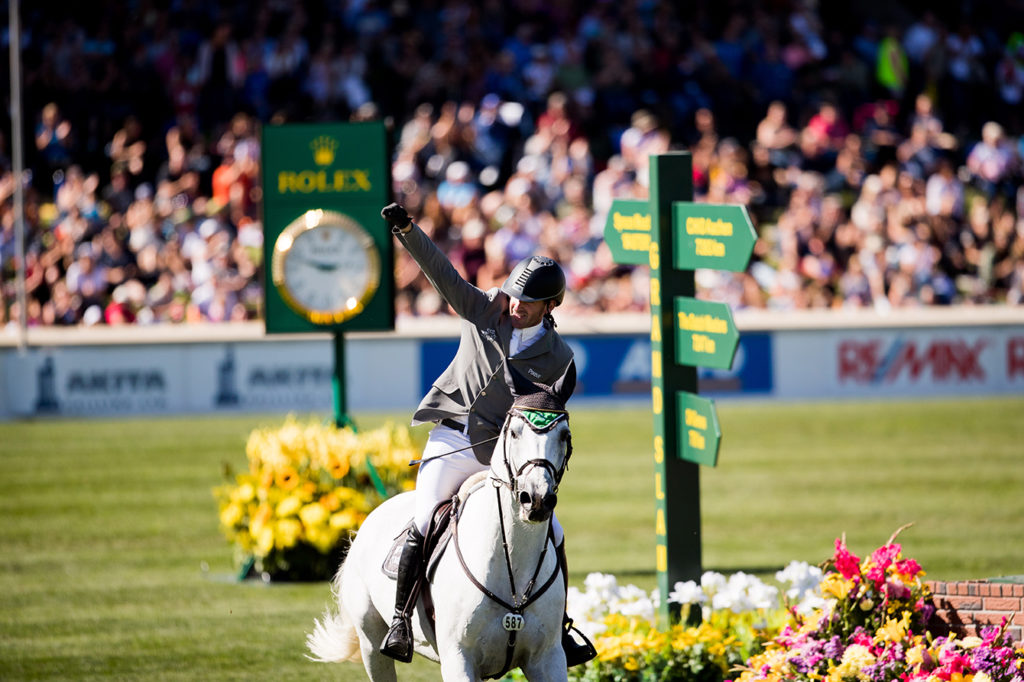
Spruce Meadows’ International ring played host to the most-anticipated event of the ‘Masters’ tournament, the CP International Grand Prix presented by Rolex. The 2-phase competition on the last day saw 40 top-ranked riders compete for the richest prize money in show jumping season: a cool $3 million CAD, with 1st place awarded $1 million. Germany’s Philipp Weishaupt rode to 1st place victory atop his grey stallion LB Convall, while Portugal’s Luciana Diniz snagged the second-place prize of $600,000 riding her mare Fit For Fun 13.
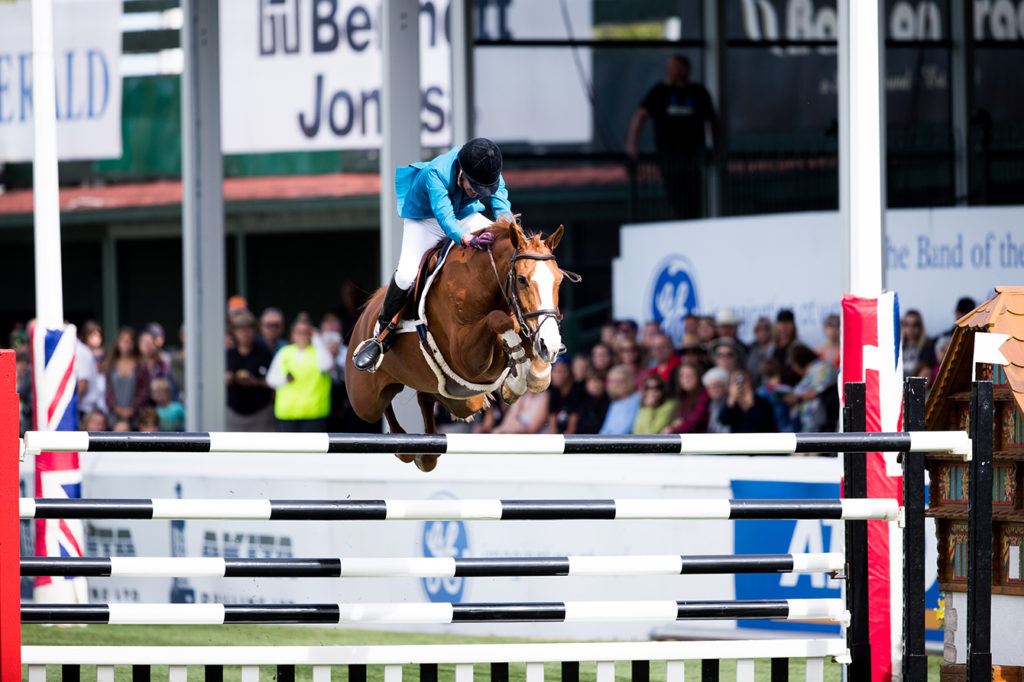
Before the exhilarating Grand Prix—that drew a crowd of over 87,000 equestrian fans through Spruce Meadows’ gates that day—I had the privilege of stepping onto the arena to “walk the course,” a key step riders do before competing to measure how many horse strides fit between the jumps, and to determine the angles they will ride to approach each one.
Designed by Leopoldo Palacios of Venezuela, one of the most highly respected and sought after course designers in the world, the grassy International ring was filled with colourful, artistic, and often elaborate jumps. Many of the obstacles also came from storied pasts, having been gathered over the years from major championships like the 2014 World Equestrian Games and the Beijing 2008 Summer Olympics.
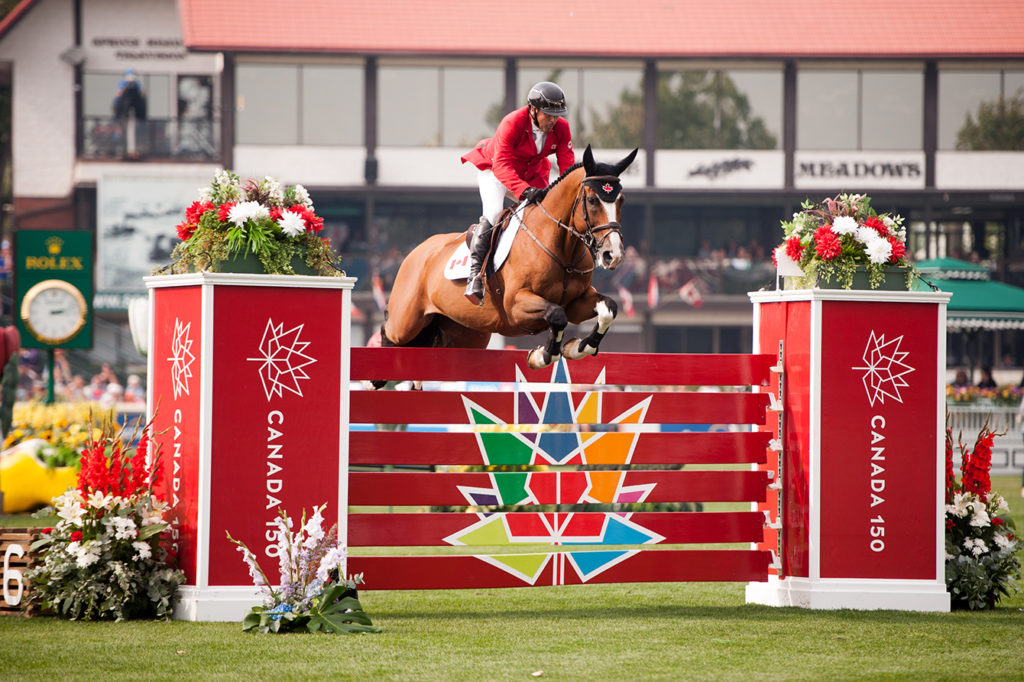
At closer view, I also got a way better appreciation for the true difficulty involved, as many of the obstacles were much larger and higher than they appeared when just watching from the comfort of the Rolex skybox.
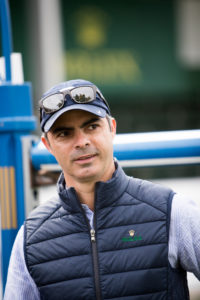
“The test is equal to an Olympic final—maybe even a little bit more difficult,” comments Rodrigo Pessoa, a Brazilian coach and Rolex’s longest-serving equestrian Testimonee (a.k.a. brand ambassador). And such combinations of highly challenging jumps require insane mental focus and control. “This is like a bravery and rideability test. You have to take care of so many elements: the height, the width, the time [allowed], the spookiness, the crowd,” explains Pessoa. “This has to do with the intelligence of the horse, the rideability of the horse and rider combination, and the need to be really sharp and careful. This has nothing to do with power—you just need brains.”
The Olympic Games may have come to be regarded as the world’s foremost sports competition, but in the equestrian universe, the Rolex Grand Slam of Show Jumping tour (which hosts a total of 4 tournaments in Germany, Canada, Switzerland, and the Netherlands) has distinguished itself as the most prestigious win. “The Rolex Grand Slam of Show Jumping was really needed in our sport to differentiate the top riders winning and their successes,” says Southern-Heathcott. “We do that with the Olympics, sure, but for the athletes to have that pinnacle to always reach for is very important, and the Rolex Grand Slam does that.”
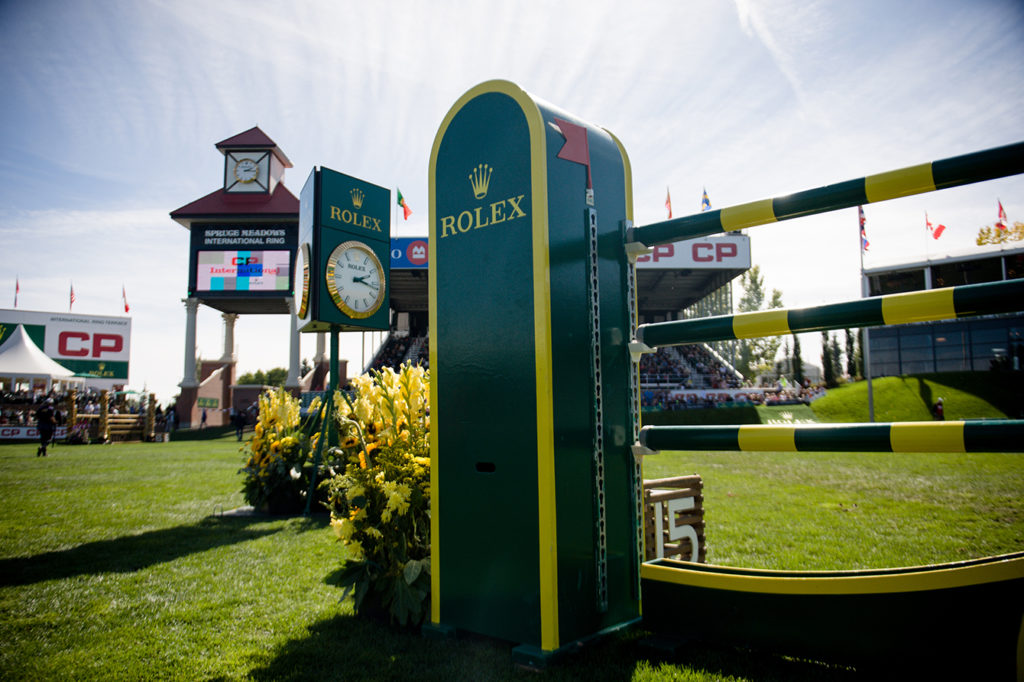
Images courtesy of Ashley Neuhof.
